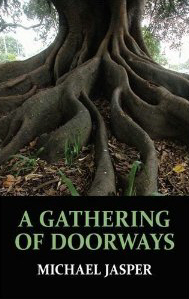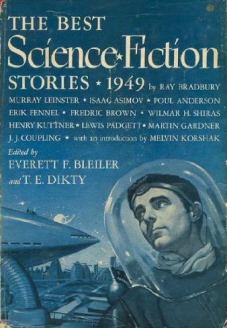Original Fiction: “THE WEIRD OF IRONSPELL” by John R. Fultz

“The Weird of Ironspell” by John R. Fultz
Illustrations by Alex Sheikman
( CONCLUSION! )
8. The Breaking of the Weird
His name was a legend in every kingdom of Arboria although some scholars argued that he had never existed.
Ironspell was a myth, an allegory, a fireside yarn that grizzled storytellers traded for ale and roasted meat. Long after the War of Darkness had ended, long after the Death Plague was wiped from the continent, and decades after the fortress city of Neshma fell to northern barbarians, the hero’s name lingered. Sages and scribes wrote tales of his adventures in leather-bound tomes alongside fables, folk stories, and fanciful verse.
While the living world scoffed at Ironspell the Legend, Ironspell the Man roamed the barren and forsaken places of the earth. Like a restless ghost he walked over burning sands, climbed mountain passes, and roved the depths of tangled forests. He had grown old, yet still he carried a great silver sword on his back, and still he wore the tarnished mail of a knight from the Royal House of Neshma. His hair and beard had gone from raven black to snowy white, and the brightness of his green eyes had faded to steely gray, the color of a cherished grief.
 Last week, our esteemed editor John O’Neill posted
Last week, our esteemed editor John O’Neill posted  Graham McNeill’s novel Empire: The Legend of Sigmar (Black Library) is this year’s winner of the David Gemmell Legend Award for Best Fantasy Novel of 2009.
Graham McNeill’s novel Empire: The Legend of Sigmar (Black Library) is this year’s winner of the David Gemmell Legend Award for Best Fantasy Novel of 2009.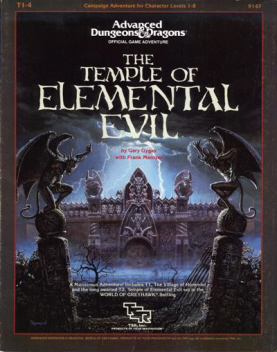 Role-playing games have always interested me because, at heart, they’re about stories. They’re ways to tell stories that you don’t know in advance, ways to bring people together to create something unpredictable but still structured in a narrative form. Now, that said, the question is: how do you go about doing that? If you’re writing a module, an adventure, that referees are going to pick up off a store shelf (or download from a web site), what do you give them to help create that story with their players?
Role-playing games have always interested me because, at heart, they’re about stories. They’re ways to tell stories that you don’t know in advance, ways to bring people together to create something unpredictable but still structured in a narrative form. Now, that said, the question is: how do you go about doing that? If you’re writing a module, an adventure, that referees are going to pick up off a store shelf (or download from a web site), what do you give them to help create that story with their players?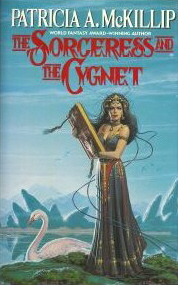 Corleu is an oddity, a white-haired youth in a black-haired tribe of wanderers. His family has a talent for foresight, but all he has is a knack for stories. And then one year the tribe goes south for the winter and finds itself in a marsh where time seems to stand still, where the flowers are perfect but the skies are invisible behind the mists — and no one knows how long they’ve been there. No one but Corleu notices anything wrong.
Corleu is an oddity, a white-haired youth in a black-haired tribe of wanderers. His family has a talent for foresight, but all he has is a knack for stories. And then one year the tribe goes south for the winter and finds itself in a marsh where time seems to stand still, where the flowers are perfect but the skies are invisible behind the mists — and no one knows how long they’ve been there. No one but Corleu notices anything wrong.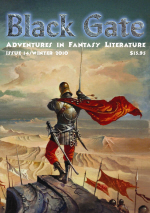 Luke Forney. who
Luke Forney. who  I’m not usually one for social networking. I had to be dragged on to Facebook by Bill Ward, who got tired of Black Gate not having a Facebook page and finally just
I’m not usually one for social networking. I had to be dragged on to Facebook by Bill Ward, who got tired of Black Gate not having a Facebook page and finally just 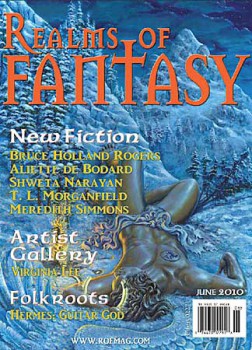 While
While 